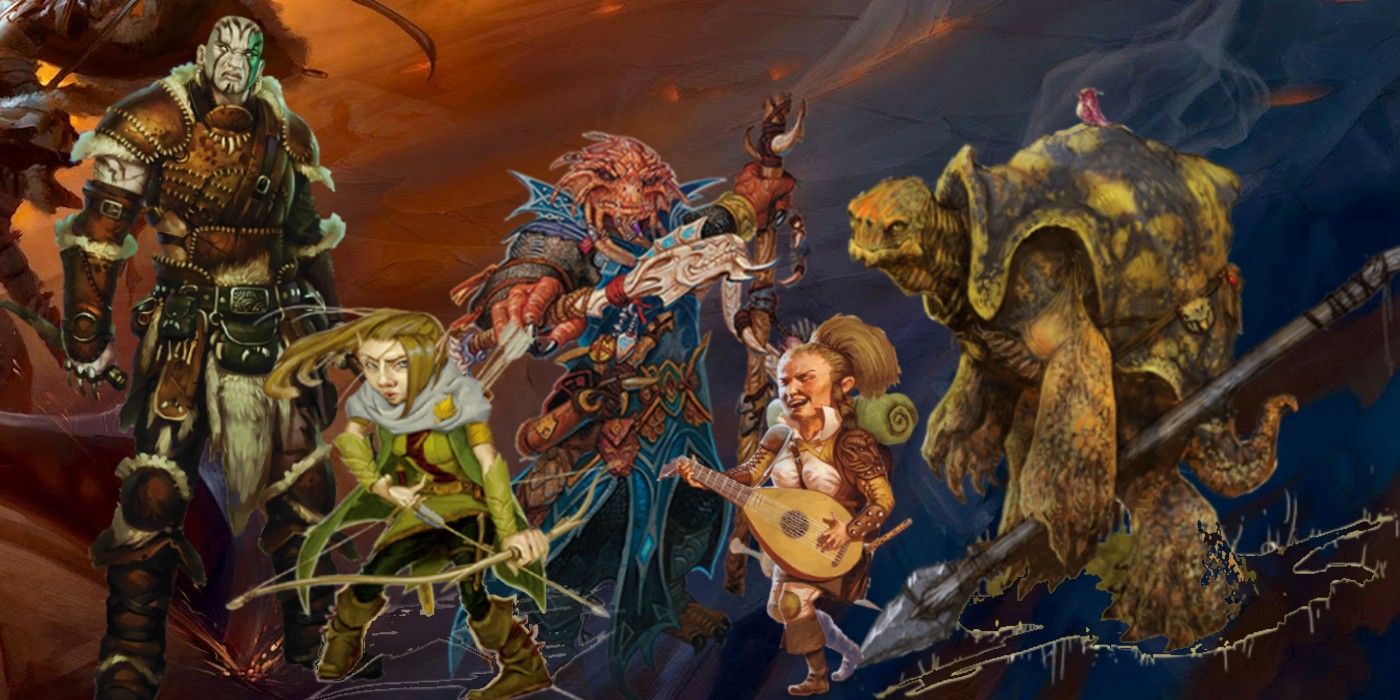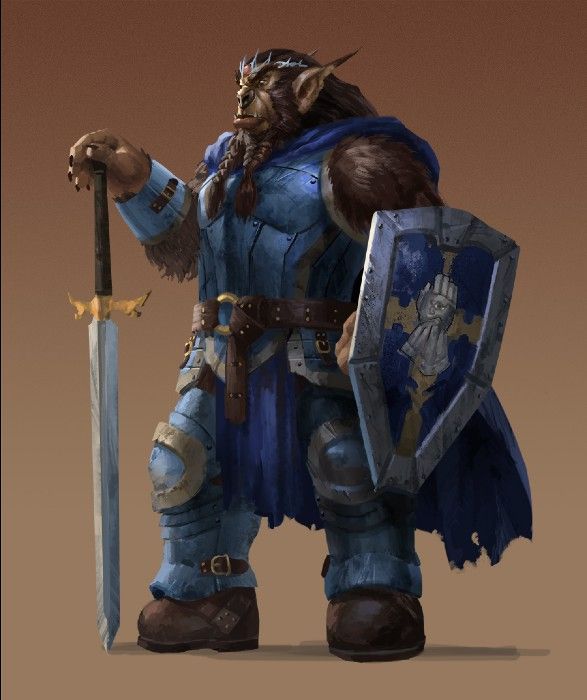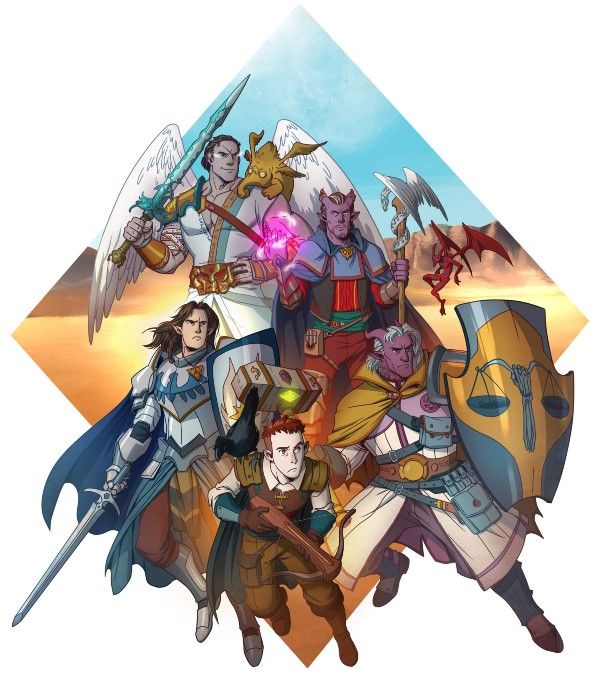Character creation in Wizards of the Coast’s Dungeons & Dragons is full of endless possibility, whether players are looking to step into a hero of great size and strength, or a small one of dexterity and wit. But when using the D&D races of extreme sizes, it can be difficult to end up with a balanced character. Is it possible for players to bypass their character’s physical limitations when building an adventurer?
While most official playable races are classified as medium or small sized, there is a wide range within the medium category. D&D Humans are of average height and weight, while races like Dragonborn or Goliaths can stand up to eight feet tall and weigh several hundred pounds as a Medium sized race. Conversely, small races like Gnomes, Halflings, and Kobolds can vary in height as well, creating a vast variety of building opportunities for players. These size distinctions are so specific that it is often up to the DM’s discretion how their size affects the game. For the sake of this article, the “larger” races include anything larger than the average human.
When building a hero, players should remember that weaknesses are a good thing. A balanced character is well-rounded, including a few shortcomings. This acceptance breeds a solid modicum of teamwork among the party, and can be a great opportunity for roleplay in-game. That said, players will naturally want to have at least a small safety net to supplement those weaknesses.
Building D&D’s Larger Races
Larger than average characters that weigh well over two hundred pounds, like the Bugbear drawn above by DeviantArt’s Phill-Art, can find themselves in difficult situations when dexterity is required. To combat a low Dexterity stat, if players are given the opportunity to choose D&D skill proficiencies, larger races can significantly benefit from a boost to Acrobatics. Larger characters also have a tendency to wear heavier armor, which can impose disadvantage to Stealth checks. When the party attempts to sneak, everyone will be grateful for a proficiency in Stealth from the larger members. Players should also consider having the Pass Without Trace spell always prepared for such an occasion.
Larger PCs can find balance in useful D&D Feats as well. The Moderately Armored or the Athlete Feat can increase a character’s Dexterity stat. The Medium Armor Master Feat allows those wearing medium armor to make their Stealth checks without disadvantage, and Shield Master allows a player to add their shield’s DC to Dexterity saving throws.
Building D&D’s Smaller Races
Small races in Dungeons & Dragons have their limitations as well. Smaller adventurers like the Halfling (compared to the Goliath, Elf, and Tieflings) illustrated above by Twitter’s @79njay, often lack in Strength and Speed, which can be detrimental in the wrong situation. Small-sized heroes can alter their stats much in the same way as larger characters - with Proficiencies and Feats. Players should also consider that combining these small races with various D&D classes can have a big effect on stats as well. A Barbarian, for instance, has advantage on Strength checks while raging. Likewise, Monks can opt to use their Dexterity stats rather than Strength if a character lacks in muscle.
Strength-based skills are difficult for small characters, so choosing proficiencies in those skills can quickly turn a failed roll into a save. For slower characters like Gnomes and Halflings, the Mobile Feat is one to consider, or maybe a mountable familiar to cover more ground. Similarly, the Strength stat can be increased with several Feats including Athlete, Tavern Brawler, and Weapon Master.
Regardless of the party members and their balance, the foremost goal of Dungeons and Dragons is to have fun. If the table is enjoying the game, it is officially a huge success! For those that want to make sure the game is equally challenging and fair, however, balance is key. Players should remember that balance can still be maintained within a party of unbalanced characters, and teamwork among friends will always be the most useful Dungeons & Dragons tool in any adventurer’s pack.



